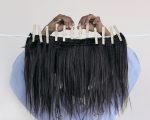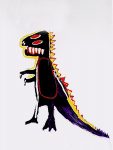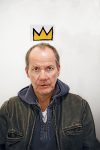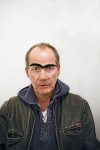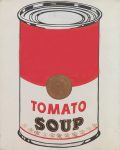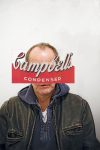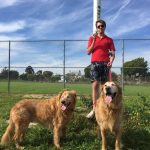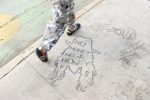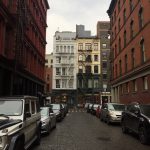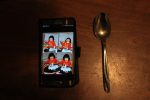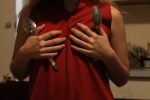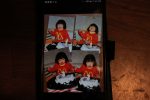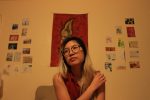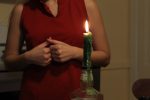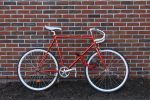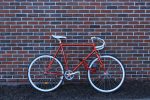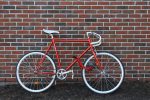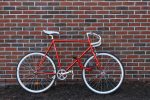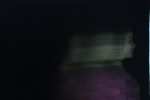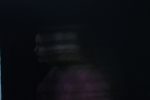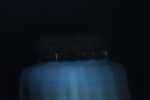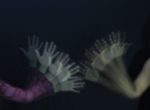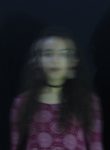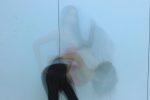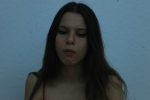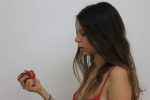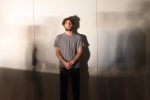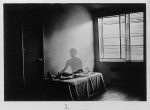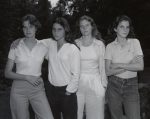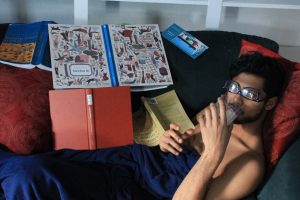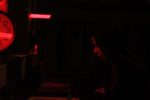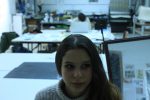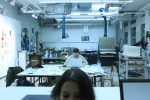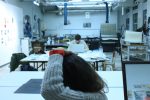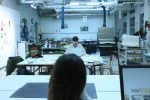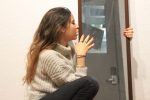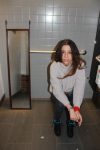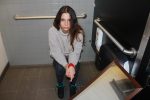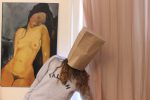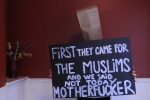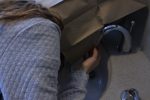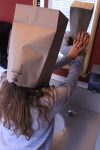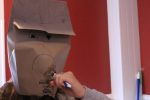Author Archives: Ama Gyamerah
SD Inspiration
Nakeya Brown
Endia Beal
Anything But Photo
Influences for my self design:
- http://www.nytimes.com/1984/03/11/realestate/troubled-lefrak-city-turning-the-corner.html?pagewanted=all
This is an article that I read about my neighborhood and how it was perceived in 1984. It got me thinking about trends and changes in spaces and communities.
2. http://www.nydailynews.com/life-style/real-estate/lefrak-city-queens-turns-50-article-1.1159198
Similarly, this is an article about when my neighborhood turned 50 years old and had a profile done on some familiar faces of Lefrak, which was the New York Daily News’ try at describing the community feel of the neighborhood.
3. Season 6, Episode 8 of Girls: Too Much History
In this episode I watched, Ray and Abigail go around interviewing people who have lived in Brooklyn and how they feel about the changes. In the context of the show, I have opinions of what they did but the idea of interviewing inspired me to have that portion in my self design. Below is a review of that episode.
http://www.vulture.com/2017/04/girls-recap-season-6-episode-8.html
4. I deactivated my facebook, and this boy probably deleted his status, but my friend john once wrote this status about how everything changes and you grow. That stuck with me and made me think about his growth specifically because he was one of those kids in my neighborhood that gave me such a hard time. What is it like to meet the people who made you feel like shit after a number of years have passed?
5. Number four brings up another question, which is how do you memorialize people who have now died that you didn’t really know, but represented something more? One of the biggest reasons why I feel the need to photograph my neighborhood is because I think there was a change after the murder of an old schoolmate of mine, Andrew. His death is, in some ways, one that I think is at the center of all these changes going on in the neighborhood. Weird to list death as an inspiration but I can flush this out if need be.
6. Gentrification. New York seems to be a hot city to list when the conversation of gentrification appears, but it is often talked about using Harlem or Williamsburg as the references when there are all these other places that are being gentrified that are not as popular but are well inundated with history and change.
7. Census Data on my neighborhood — specifically related to changes in race. This came mostly out of research I did last semester for a sociology paper on neighborhoods.
8. The movie Steve Jobs inspired my want to do the project in three different formats — film, digital, and polaroid. Danny Boyle does something similar too in the film where the movie is divided into three sections, each filmed differently to indicate the history of film technology. I love it! Not sure I loved the movie though, but that’s just an aside.
Ama Gyamerah – Appropriation Drafts
Spring Break Daily
- Day 1 – 3/9/17
- Day 1 – 3/9/17
- Day 2 – 3/10/17
- Day 3 – 3/11/17
- Day 3 – 3/11/17
- Day 3 – 3/11/17
- Day 3 – 3/11/17
- Day 3 – 3/11/17
- Day 4 – 3/12/17
- Day 5 – 3/13/17
- Day 5 – 3/13/17
- Day 6 – 3/14/17
- Day 6 – 3/14/17
- Day 7 – 3/15/17
- Day 7 – 3/15/17
- Day 8 – 3/16/17
- Day 8 – 3/16/17
- Day 9 – 3/17/17
- Day 10 – 3/18/17
- Day 10 – 3/18/17
- Day 10 – 3/18/17
- Day 11 – 3/19/17
- Day 11 – 3/19/17
- Day 11 – 3/19/17
- Day 11 – 3/19/17
- Day 12 – 3/20/17
- Day 13 – 3/21/17
- Day 14 – 3/22/17
- Day 15 – 3/23/17
- Day 15 – 3/23/17
- Day 16 – 3/24/17
- Day 17 – 3/25/17
- Day 17 – 3/25/17
Mapping – ROUGH DRAFT
Over Time – Rough Drafts
Blog Theme 4 – Time Passage
In chronological order:
- and 7. Changi Beach Sunset 2013, Fong Qi Wei and- Piazza San Marco in Venice, 2015 Richard Silver – I found these photos compelling as it is not only a photo highlighting time passage but also a composite image that is organized in such a clear and precise way that my eyes can read the photo as a single image while recognizing that it is not.
- House and Car (Close View) near Akron, Alabama 1985, William Christenberry – I enjoy the historical aspect of Christenberry’s series. There is something interesting about seeing how the south is decaying through photography. It calls into question for me, what does city/town/neighborhood decay look like? Especially to those who are not from the area but are mere observers?
- The Spirit Leaves the Body 1968, Duane Michaels – This photo scared me and also made me think about death, particularly what I think it looks like. I then started to imagine is this how I or my loved ones would look like? It evokes a lot of fear from me and kind of makes me dwell on the concept of death.
- March on Washington 1963, Jason E Powell (date unknown) – I love using past photographs of historical events/locations to highlight the space in a contemporary context. I immediately thinking about change.
- 6. and 10. The Brown Sisters, Nicholas Nixon 1975/2014 and The Arrow of Time 2011, Diego Goldberg – I am obsessed with Nixon’s project. There is something really interesting about capturing the same group of people over the course of 20 years. Being able to see the details of their faces change is striking for me.
- (as described)
- (as described)
- From Tom Hussey’s “Reflections” series (date unknown) – This is an interesting documentation of time passage that is also a narrative. I read the photo as the old woman having a caretaker, but in her reflection she sees her hold self — in which she used to be a caretaker too. This propels the current caretaker to see herself as the old woman. Really great commentary on generations and the concept of getting old.
- Flatiron 2010, Stephen Wilkes – I’m a New Yorker and I loved this image of this city landmark split between day and night. It also reminds me of what I think is the most uncomfortable/creepy photo I have ever studied Edward Steichen’s “Flatiron Building.”
- (as described)
- The Flat Iron
true fiction – rough drafts
Too True
In sequential order:
- New York Times, 2010. Photographer unknown. Doing some research, it turns out that this image was staged. It is an image I have seen over and over again and found it to be compelling because of how it was composed, and how concentrated the subjects are on the artwork. Their gaze seemed natural but apparently was not.
- Lunch atop a skyscraper, 1932. Charles C. Ebbets. This photo is one that hangs in my friend’s dorm room here at Bowdoin. I also found it scary and given this assignment, I’ve come to realize my uneasiness with it stems from the fact that it can’t be real. It doesn’t seem probable that these workers could be sitting far above an outlook of NYC.
- Sarah Jones, 1997. The scale of the tea cup makes it seem unlikely that this is one photo but rather a compilation of multiple images to produce one image.
- Unknown. I found this one an art site called haasandhaas.com and they had some tableau photos that I found aesthetically pleasing. This one in specific seems real but at closer look it is apparent that the sun is hitting one building and not another, causing me to conclude that they are two different photos.
- Unknown. Haasandhaas.com. I chose this photo because I like the color in it. It’s a great photo, really. The woman looks like she will either fall backward or forward and when analyzed deeper, it appears that this is two different photos; the background photo taken at a low angle but facing the sky, while the foreground is also a low angle but taken from the ground up.
- Fandra Chang, 2000. Aesthetically pleasing photo as well but the angles and uniformity of the houses, especially as it extends back, questions the plausibility of the photograph.
- Robert Adams, 1974. I’m a fan of Robert Adams and this specific photo makes me question scale and the origin of the smoke. To me, the tree seems too small from where the camera is positioned and the smoke seems too uniformed. It’s all really odd but pleasant to look at.
- – 10. John Pfahl from his series “Altered Landscapes” (1974-1978). We viewed some of Pfahl’s photographs in Photo I and honestly, I’m not sure whether some of these are false creations or not. The thing is, is that everything seems too perfectly aligned to believe it to be natural. There is a play with scale and distance in his photos and they seem like interesting photos to analyze.
- The Dining Room (Francis Place) I 1997 Sarah Jones born 1959 Purchased 1999 http://www.tate.org.uk/art/work/P78252































